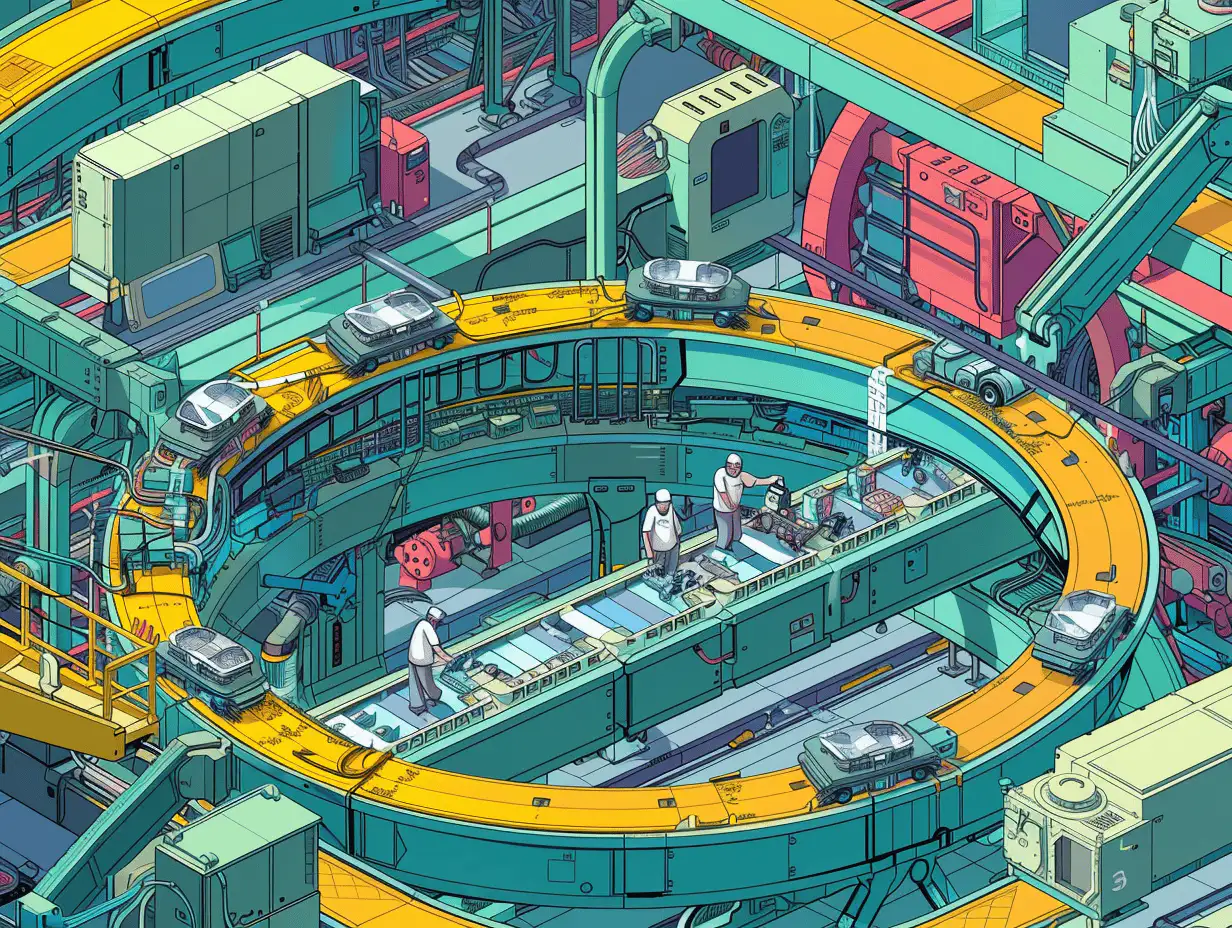The Kaizen Trap
Perhaps you, like many people, have become familiar with the Japanese word “Kaizen (改善)” which means continuous improvement.
As someone who is obsessive about my own continuous improvement and growth, the concept of Kaizen resonated with me immediately. Many of the core concepts are ones I also adhere to.
Over time, I’ve learned there’s one key differentiator between when it produces a benefit and when it doesn’t.
I’m not going to go deep into the philosophy of Kaizen today, nor will I pretend to be an expert on Kaizen or Japanese language.
But what I will do is tell you what I’ve learned is the key factor in this concept that I first heard about in the early 2010s.
✉️ Get the Infinite Impact
Join thousands getting weekly wisdom on unlocking hidden potential, building meta-abilities, and creating meaningful change through practical frameworks you can use immediately.
The Kaizen Illusion
Among the most common forms of continuous improvement that I have practiced is a version where I continue to improve upon and perfect a product, service, or process that never sees the light of day.
It’s a loop of constant tweaks and modifications without ever hitting publish.
This is the illusion of continuous improvement since there is no real-world feedback to gauge the improvements.
Safe Improvements
Continuously improving the organizational framework of your cookbook shelf likely has no consequence.
But it is safe.
Individuals and teams that want to continuously improve can only realize the gains once they are in the game.
And being in the game is not safe, because someone could point out all of the improvements you need to make.
The Key is to Launch
If we want the chance to continuously improve, then we need to have the courage to look at something imperfect and put it into the world instead of retreating to the safety of the conference room, the lab, or the whiteboard.
Continuous improvement is an ongoing process that can only happen after you take the risk of launching.
Improvements can only matter if they are realized.
If your idea is never launched, it can never be realized and, consequently, never be improved.
So if you aspire to grow without limits and gravitate toward the idea of continuous improvement, then one of the most important things you can do is stop hesitating and launch that idea.
And if this post is resonating with you right now, take that as a sign.
I hope you enjoyed this post!
If you liked this post, then you will LOVE my newsletter (The Infinite Impact)
and my learning community (The Superhero Institute).


